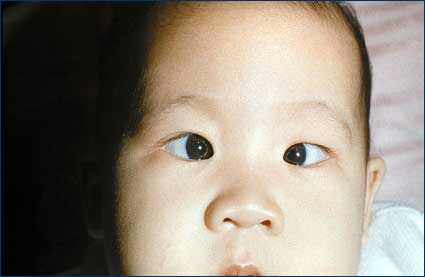Baby Vision Impairment in Lancaster, PA
- Home
- Baby Vision Impairment in Lancaster, PA
Also Serving Patients in Lititz, Elizabethtown, and Mount Joy

Parents should be aware of signals of poor vision. If one eye turns or crosses, that eye may not see as well as the other eye. If the child is uninterested in faces or age-appropriate toys, or if the eyes rove around or jiggle (nystagmus), poor vision should be suspected. Other signs to watch for are tilting the head and squinting. Babies and toddlers compensate for poor vision rather than complain about it. If these symptoms are present, call our office for an evaluation.
Should a baby need glasses, the prescription can be determined fairly accurately by dilating the pupil and analyzing the light reflected through the pupil from the back of the eye.


